Study of Yushan protection
The course of Formosan black bear research in Yushan National Park
Stage 1: 1998-2001
The first field ecological research on the black bear population in the East Dafen mountain area of the Yushan National Park
It was discovered that up to 50% of the black bears had a severed finger (8 bears) or palm (15 bears). The result had also pointed out that the Formosan black bears were omnivorous with 80% of their food coming from plants.
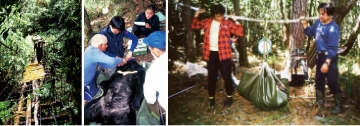
The research team carrying the equipment to the Dafen area

Capturing the Formosan black bear carrying radio transmitter receiver and recording their physique and sampling.

The first research on Formosan black bear

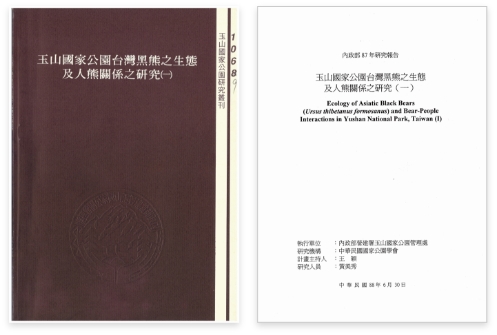
Yushan National Park Headquarters was entrusted by the National Park Association in Taiwan in 1998 to carry out “The ecology of Formosan black bear ecological in the Yushan National Park and the human-bear relationship” research project.
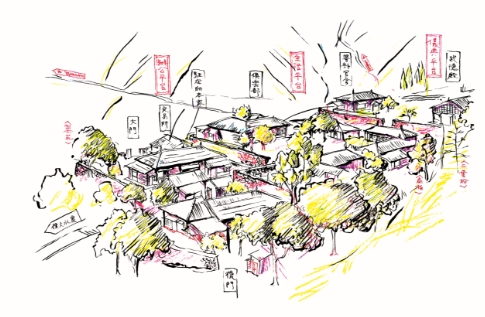
The building layout plan and functional diagram of Dafen police post (drawn by I-Hung Lin)
Cottage house in Dafen in different times
“Dafen,” formerly known as Ta Hsun (Bunun language: Dahun or Tahun) is situated in the West mountain area of Zhuoxi Township, Zhuoqing Village, Hualien County (which is Core of Yushan National Park in the East side of Central Ra.). The area is covered with riverbanks and terraces, adjacent to the Kuo Kuo Ssu river.
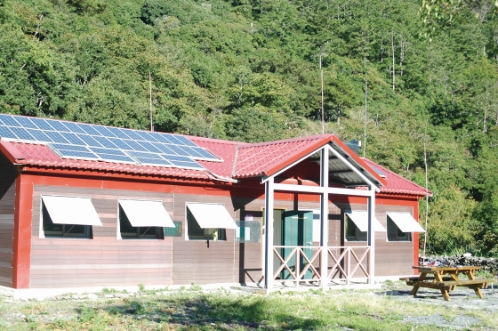
2002 Dafen cottage house (black bear research station)
Building a modern solar energy powered research station with steel skeleton and iron sheet.
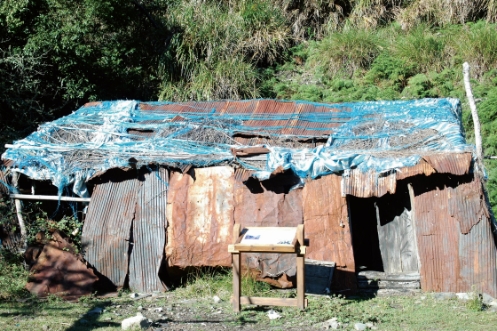
1998 Research Block-house of Dafen cottage house
The black bear research team using the remaining building materials to build a research block-house.
Dafen mountain area had become the ring-cupped oak and Formosan black bear research point since the time the research station was established in the Dafen mountain area. Many footprints of wild animals were discovered, as well as gnawed fruits, tree trunk scratch marks, broken branches and defecation on the ground.
Stage 2: 2006-2009
Investigating the phenological cycle and fruiting of Quercus glauca Thunb (Rng-cupped Oak) in the Dafen area. The outcomes had indicated that the fruiting can affect the black bears’ activity mode. It was also discovered that there was an increase in the activity of black bears at night during the fruiting season of the ring-cupped oak.
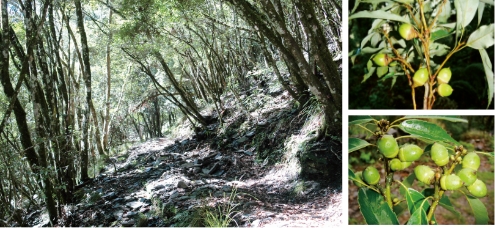
Fagaceae forest in the Dafen mountain area
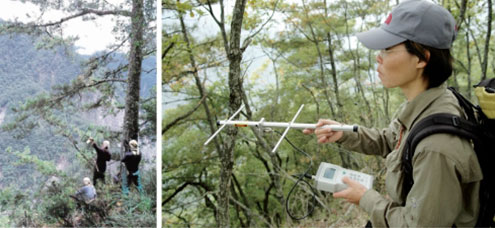
The research team had carried out topographical triangulatory wireless communication follow-up of the Formosan black bear
Stage 3: 2010-2015
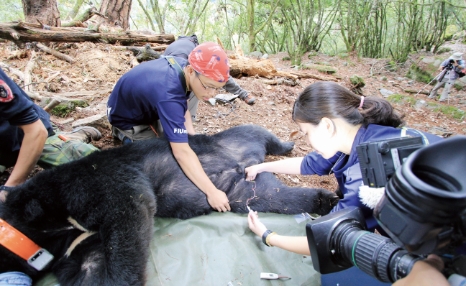
Black bear defecation DNA analysis in the Dafen area. A total of 139 black bears were identified. A total number of 725 DNA samples from the excretions were collected during the fruiting season of the Ring-cupped Oak. A total number of 139 bears were identified (Data source: Yu-Tien Chu/ Mei-Hsiu Huang research team). Another alpine type of black bear in Yushan National Park trace investigation were conducted in Yushan, Taroko National Park and the Shei-pa National Park.
The proportion of black bear traces were greater in the Yushan National Park compared to other national parks.
Stage 4: 2016-Now
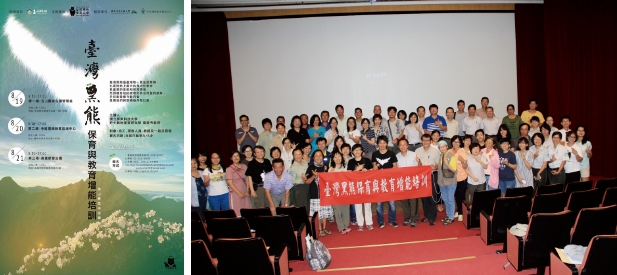
A total of 3 “Formosan black bear performance protection- bringing workshop to the crowd” workshops were held in August, 2016.
Formosan black bear promotion and management for “Formosan black bear performance protection- bringing workshop to the crowd” were held to develop promotional products for the black bear, as well as promote and strengthen the knowledge about the black bear. Continue to carry out the Formosan black bear investigation in the wild and training of citizen scientist to monitor wild animals in the East area of the National Park.

Photos from the infrared automatic camera
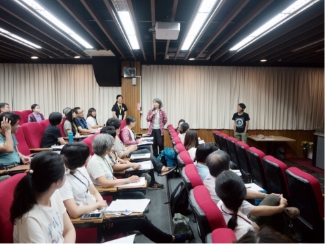
Citizen scientist educational training
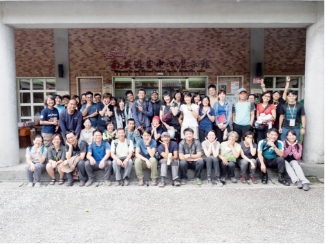
Group photo shoot from the citizen scientist workshop in 2019
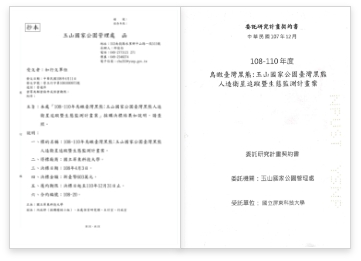
Bird's eye view of the Formosan black bear in 2019-2021: Project contract for man-made satellite follow-up monitoring in Yushan National Park
The course of Formosan black bear protection
According to the Wildlife Conservation Act, the Formosan black bears were classified as an endangered protected wild animals in 1989. The Yushan National Park management office had taken into consideration of the key role Formosan black bear played in the ecosystem. The issue of endangered protected species had become a matter of great urgency. In addition, the investigation of the black bears’ wildlife population or genetic research were scarce at that time. Therefore the “Black bear protection task force” was established in 1996. This team consisted of Professor Mei-Hsiu Huang (who was studying for a PhD degree at the University of Minnesota, USA) assisted by park ranger Yuan-Yuan Lin et.al. to carry out Formosan black bear-related research in 1998. The analysis was carried out included catching and releasing, wireless communication tracing and automatic camera surveillance. The website of protecting Formosan black bear was established to promote the protecting concept to Taiwanese people. These data gradually uncovered the mystery of Taiwan in the wild. After years of hard work of experts from the team, the researchers can now use the infrared automatic camera to monitor and take frequent photos of the Formosan black bear. These data have now become an important asset of the Yushan National Park's wildlife for the conservation and preservation of the Formosan black bear.

Historical major events - including digital archive

1992年
Complete Copyright registration of “Formosan black bear” animal logo.
1996年
1997年
1998年
1999年
2004年
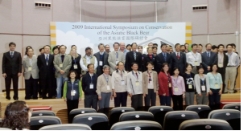
2009年
The Endemic Species Research Institute, Council of Agriculture, Executive Yuan and other relevant units collaborated and hosted the “2009 Asian black bear protection international conference.” 30 experts from 15 countries and national scholars were invited to take part in the discussion.
2011年
2012年
2013年
2014年
2015年
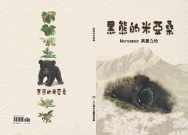
2017年
Publish “The black bears’ Miyasan” illustrated bookThe story was being told from a Bunun Tribe grandpa’s perspective, the road of encountering to assisting the Formosan black bear research. The book hopes to raise the readers’ awareness and passing on of the correct preservation knowledge.

2018年
Completion of Formosan black bear and human-bear relationship exhibition at the Nan'an Visitor Center.

2019年
Co-hosting the “Establishing population monitoring and guidance in the Asia area workshop” and “Formosan black bear monitoring and management forum.”
2020年
In special gratitude to: Taiwan Black Bear Conservation Association (TBBCA) and Professor Mei-Hsiu Huang and her team in providing the scripts, photos and live specimens